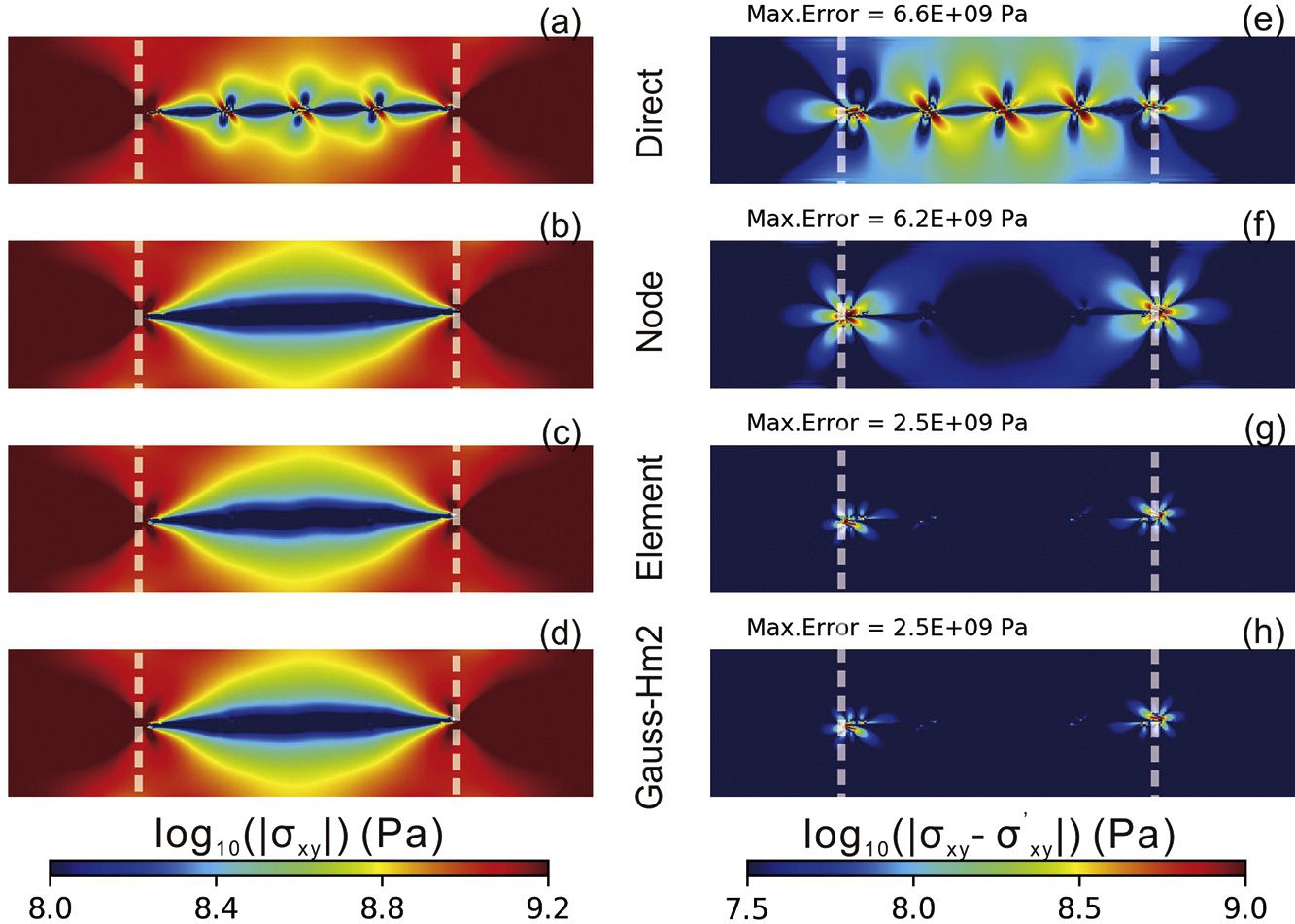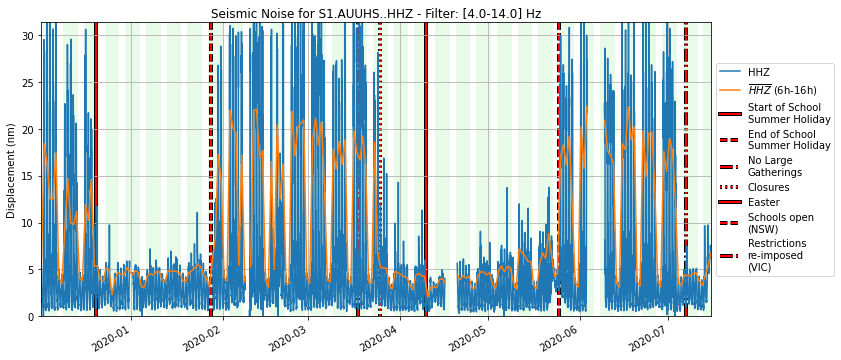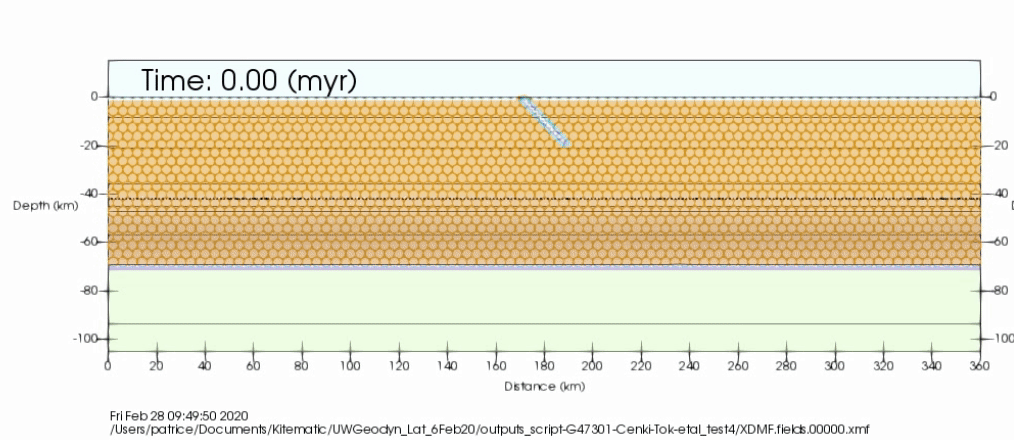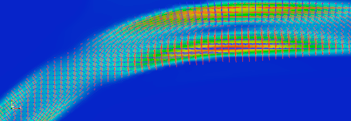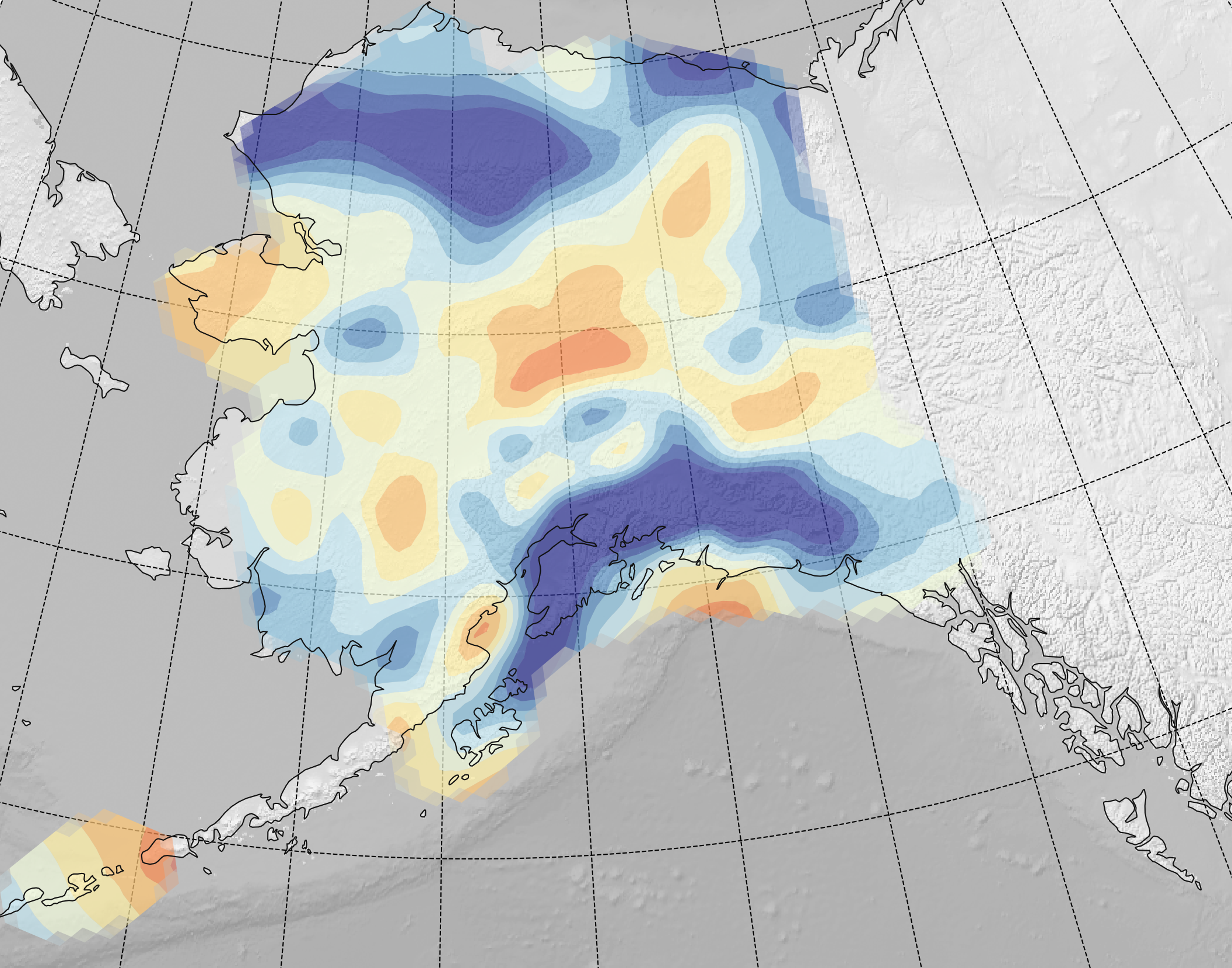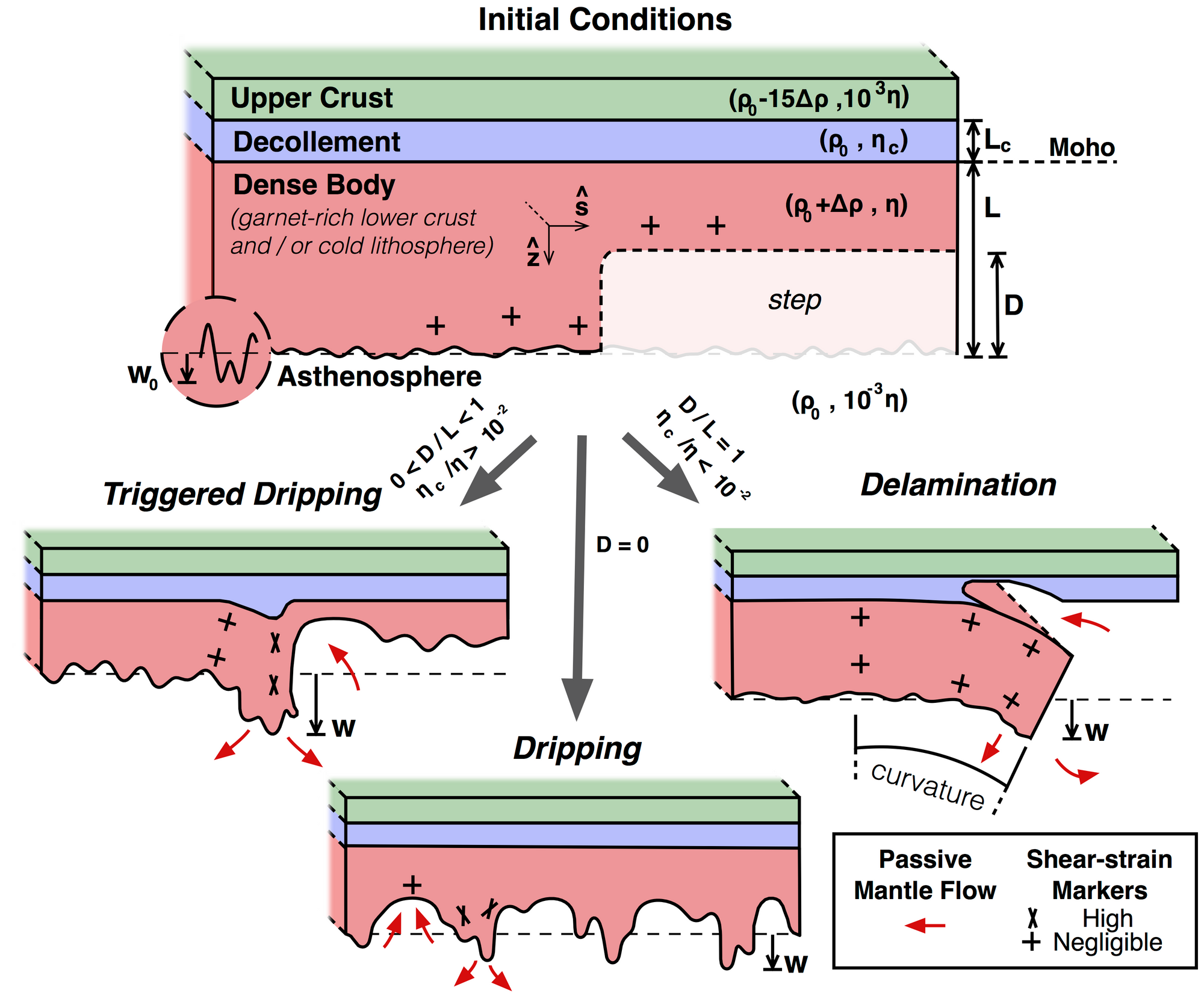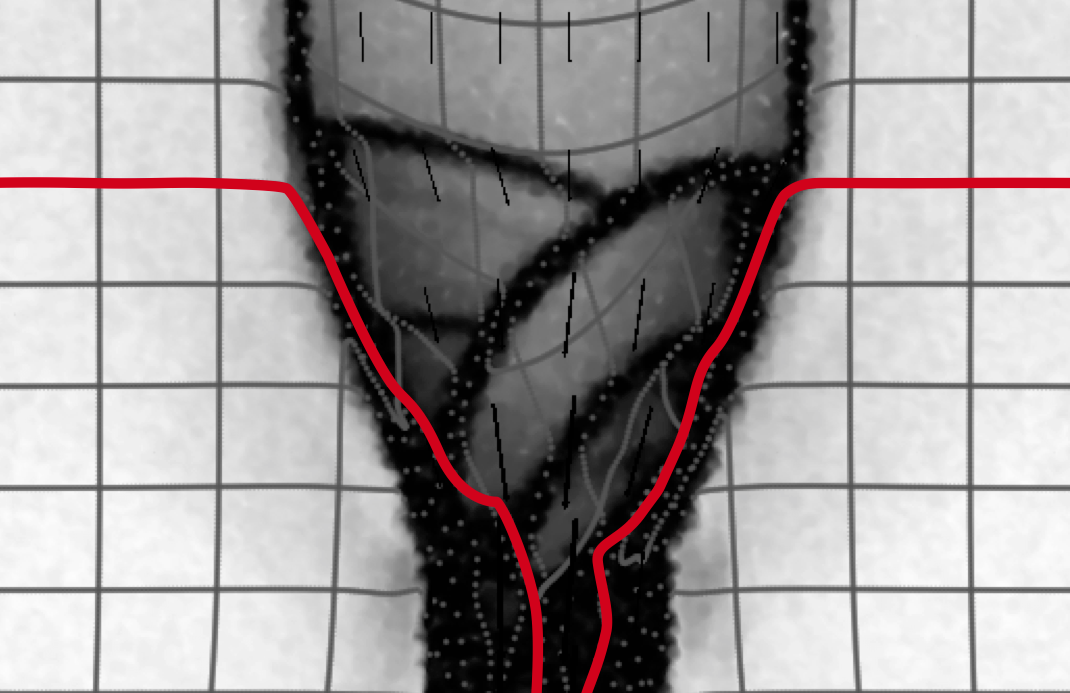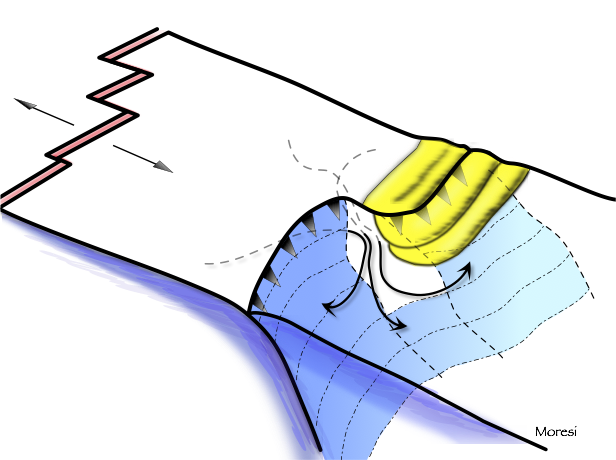
Introduction and benchmarking The convection of the Earth’s mantle is usually modelled as an incompressible process, referred to as the Boussinesq approximation. However, in the Earth’s mantle, the pressure increase associated with depth also increases the density due to self-compression (King et al. 2010). In some applications, this compressibility may be non-negligible and modelling it may be desirable.
